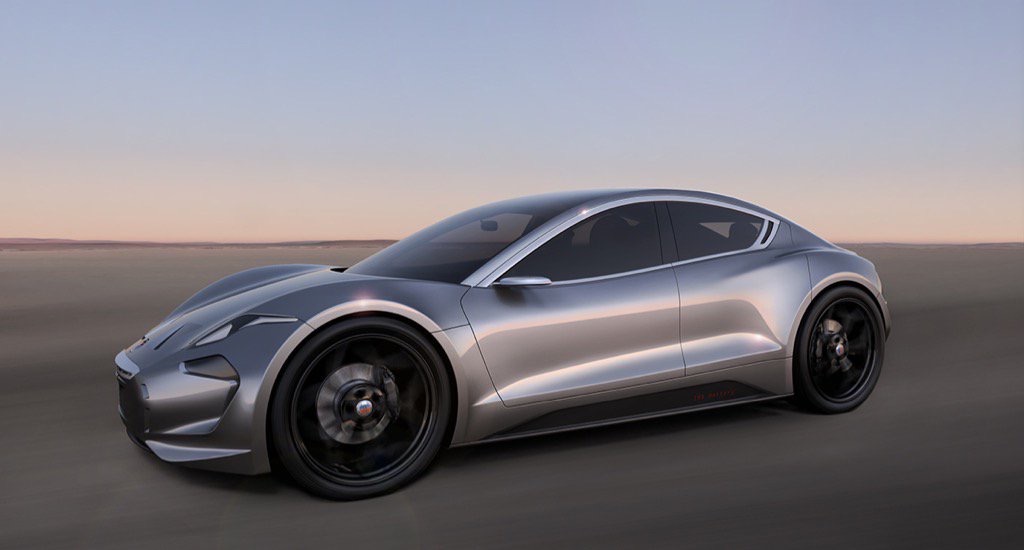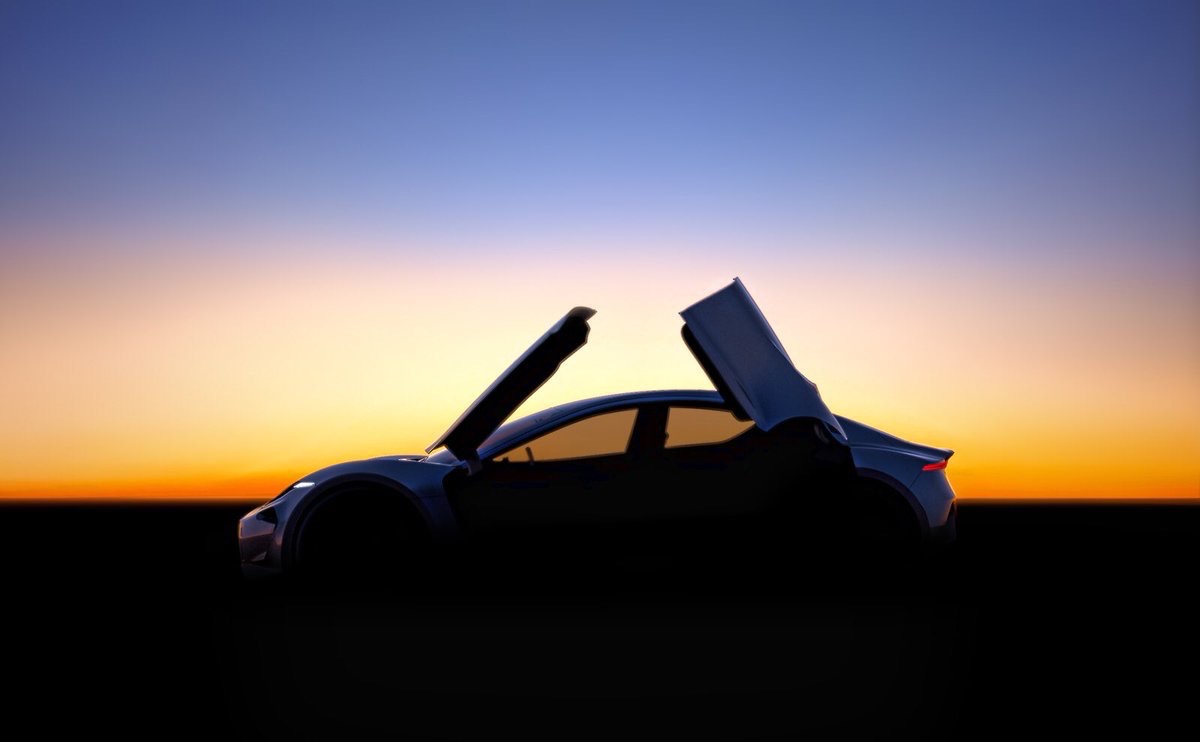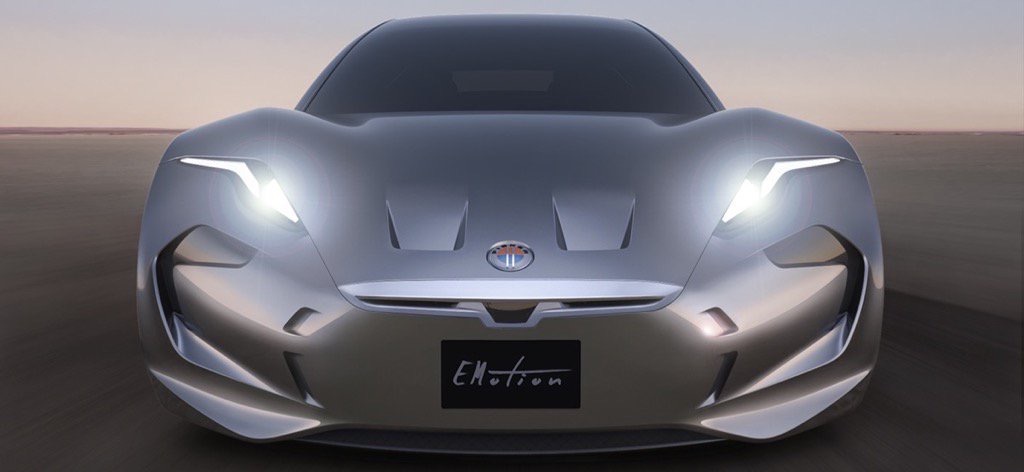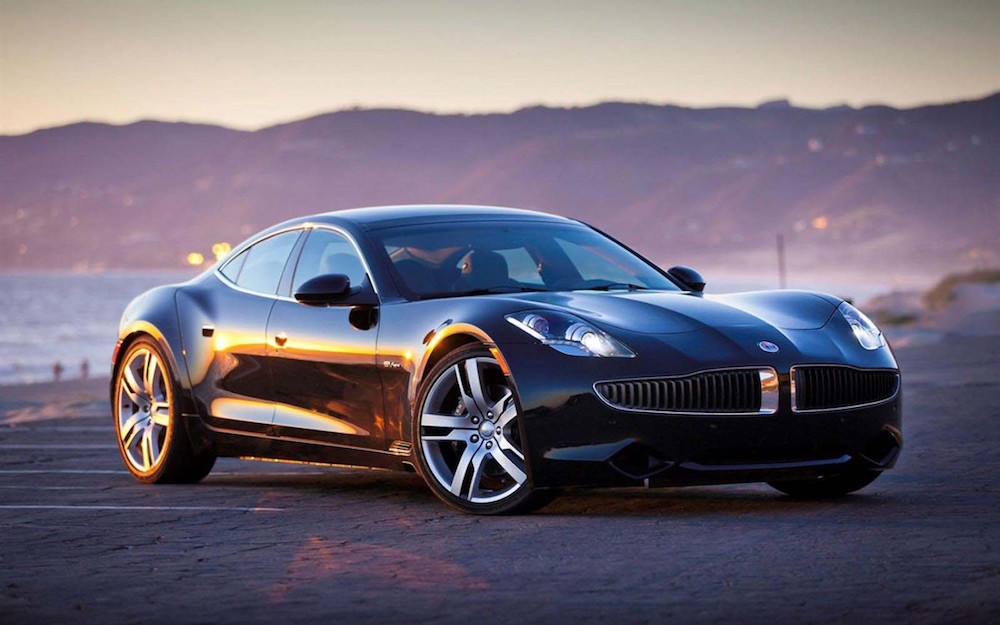Fisker Hopes to Take Down Tesla with this Sleek Electric Ride
A 400-mile range and top speed of 161 mph will help.


Henrik Fisker is like Elon Musk with a thicker automotive resume and thinner wallet. Like Musk, Fisker is doggedly pursuing a future of sleek electric cars with unorthodox door opening mechanisms.

Fisker released images of his planned EMotion electric car, making Musk-like bold promises of a 400-mile driving range and a 161-mph top speed.
While the Tesla Model S wears the traditional long-hood look that speaks of wealth and power, for the EMotion, Fisker has opted for the cab-forward short-hood look championed by Chrysler design chief Tom Gale in the ’90s. The benefit of this layout is greater interior space.

The promised driving range will come from batteries made with graphene, Fisker said. The EMotion’s low front end carries a forward-looking radar and camera that will permit autonomous driving, but only when Fisker’s technology supplier indicates the system is ready for public use, Fisker Tweeted.
“Fisker will offer fully autonomous as an option when fully developed & approved by our supplier,” he said in a pointed reference to the Tesla Autopilot’s problems and reports that Musk insisted on releasing the system to customers over the objection of Tesla’s electronics supplier.
Like Musk, Fisker has the hubris to think his start-up will be able to deliver unorthodox doors to customers and have them work as intended. The Tesla Model X‘s Falcon wing folding rear doors have proved to be both difficult to manufacture and troublesome for customers on the road, but Fisker plans for front and rear butterfly doors on the EMotion. We’ll have to see how that works out for him.
Unlike Musk, Fisker came to the electric car-building business with a strong automotive resume as the designer of cars like the BMW Z8 roadster, the Aston Martin DB9, and other aspirational dream cars.
Both men collected piles of money from the government as part of the bankruptcy and bailout of the General Motors. Tesla took over a former General Motors and Toyota joint venture factory in Fremont, Calif., while Fisker received GM’s former Pontiac Solstice assembly plant in Wilmington, Delaware to build its Karma electric car.

Both companies quickly burned through their cash, but whether due to more capable management or Musk’s deeper pockets, Tesla was able to survive while Fisker did not. We’ll see whether his reconstituted company has more success than the last one.
